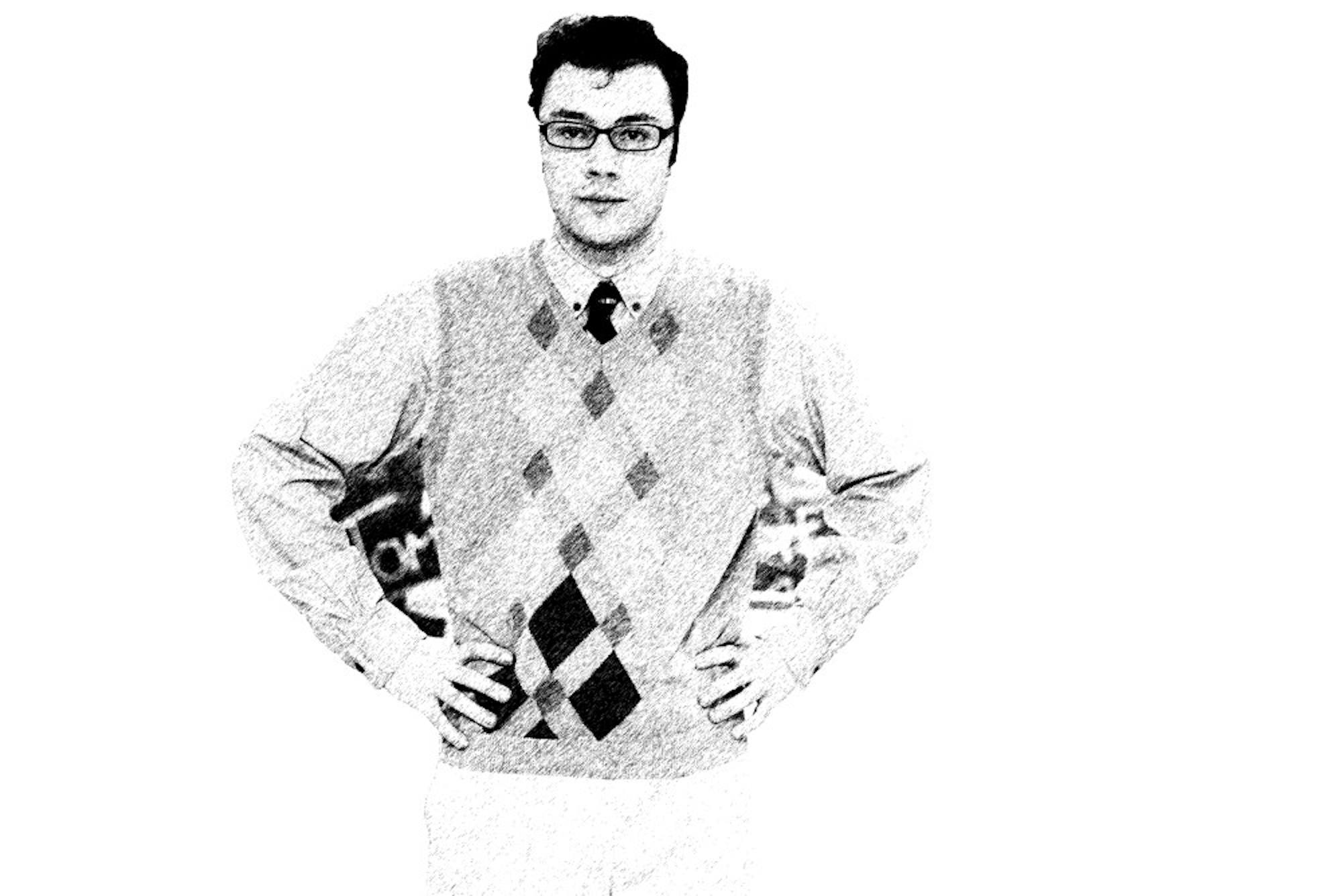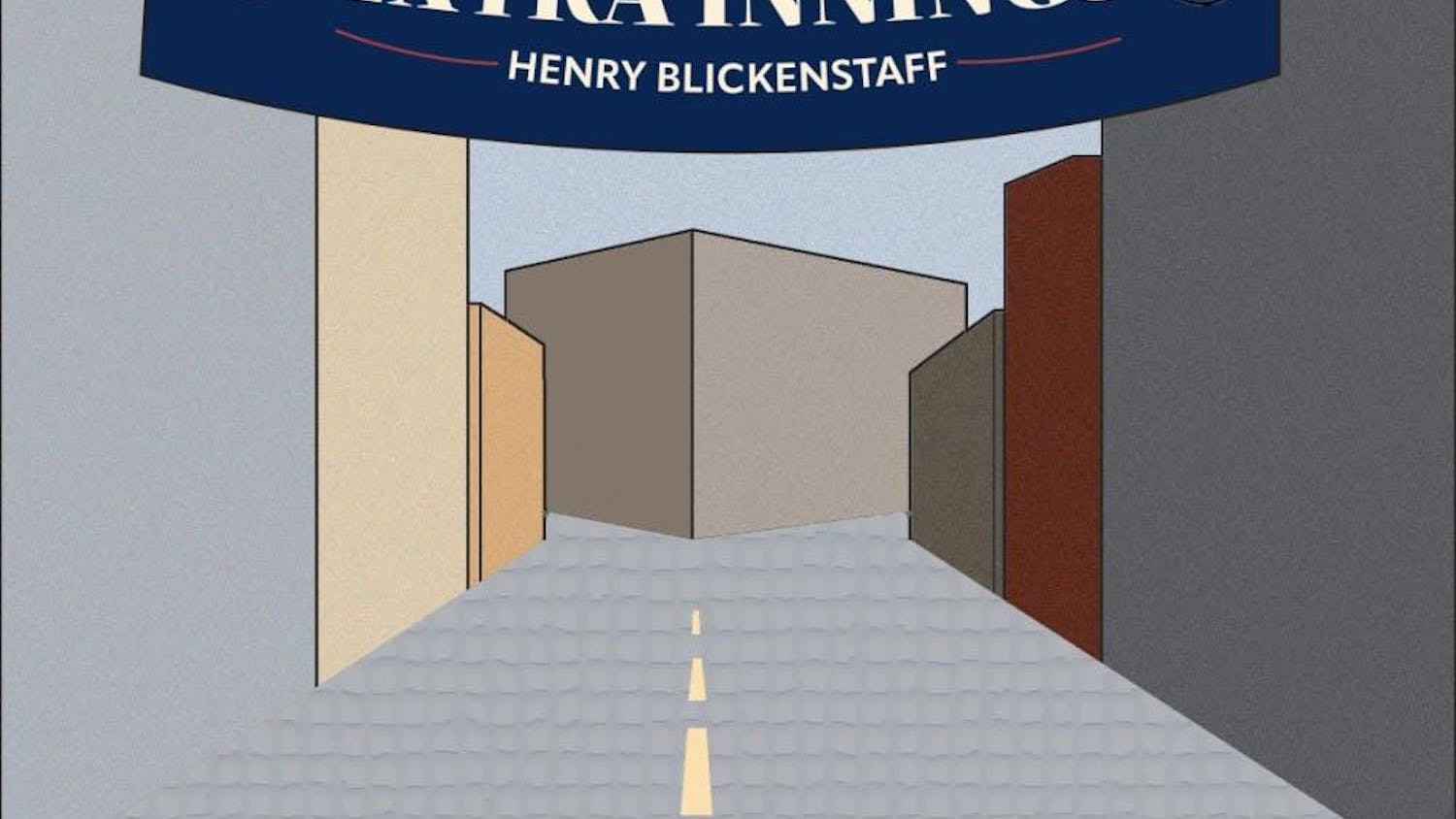What do you have buried in your basement? During my childhood, my basement always represented a mixture of the known and unknown elements of my life, the familiar and the scary. It was where I played ping pong with my dad most evenings, and where I could play with my Legos and building blocks. But that all took place in one corner of the basement, with the rest of the basement area remaining a dark and unfamiliar space where only my cat regularly ventured. The space wasn’t empty; rather, it contained piles of unopened boxes, stacked firmly on dusty shelves. These boxes were the forgotten belongings of my family, left unopened after we moved into our current house in 1996.
My family’s forgotten basement items are, for the most part, innocuous, casting no shadow over our day-to-day lives. But the sense of mystery remains, and I do feel that a burden will be lifted from my family when we do finally get around to finishing the unpacking we started 19 years ago.
A similar sense of mystery hangs over the family profiled in Robert Frost’s “The Witch of Coös (1922). As we saw last week, this lonely family of northern New Hampshire, consisting only of an aged, widowed mother and her son, harbors a secret of sinister dimensions: a living skeleton, confined in their attic. But the skeleton was not always a denizen of the attic. The skeleton, or "the bones," as the mother and son call it, was, after his death, buried in the house's cellar. As the mother says: “We know they had a grave down in the cellar.”
Like my family’s boxes, the bones lay for many years in their basement grave, forgotten or ignored by the family living above. Contrary to the son’s assertions, these bones did not belong to an unknown stranger. Exhorting her son to “tell the truth for once,” the mother admits that the bones once belonged to a man she knew intimately. But not even death could end their relationship, for a terrible secret hung over their life together. Unacknowledged by the family after the bones’ consignment to their basement grave, the un-rectified errors of the past eventually returned to haunt the living family. Rousing themselves late one winter night, the bones ascended the basement steps in hopes of re-entering the world of the living. Confronting the skeleton alone while her husband slept, the mother faced a fearful sight: “A tongue of fire / flashed out and licked along his upper teeth. / Smoke rolled inside the sockets of his eyes.”
Yet despite its demonic visage, the skeleton was still familiar to the mother, for she had not entirely forgotten their former relationship: “Then he came at me with one hand outstretched, / the way he did in life once.” Striking out, the mother knocked the skeleton’s hand off and chased him into the attic.
Many years passed. While the skeleton remained stuck in the attic, the mother’s husband died, leaving her a widow. And now, allowed an outside audience at last, she finally tells the truth, explaining that the skeleton was a man her husband killed: “I mean a man he killed instead of me.”
Frost does not reveal more than this. Perhaps the murdered man had had an affair with the mother, perhaps the skeleton had done something even worse. But now that his story has finally been acknowledged, perhaps he can rest in peace, along with the mother and son. This, I think, is an important lesson: Do not leave your past unpacked and forgotten in your basement or attic. Instead, acknowledge the past and move forward with your life.
The Witch of Coös: Part II

Daniel Bottino





